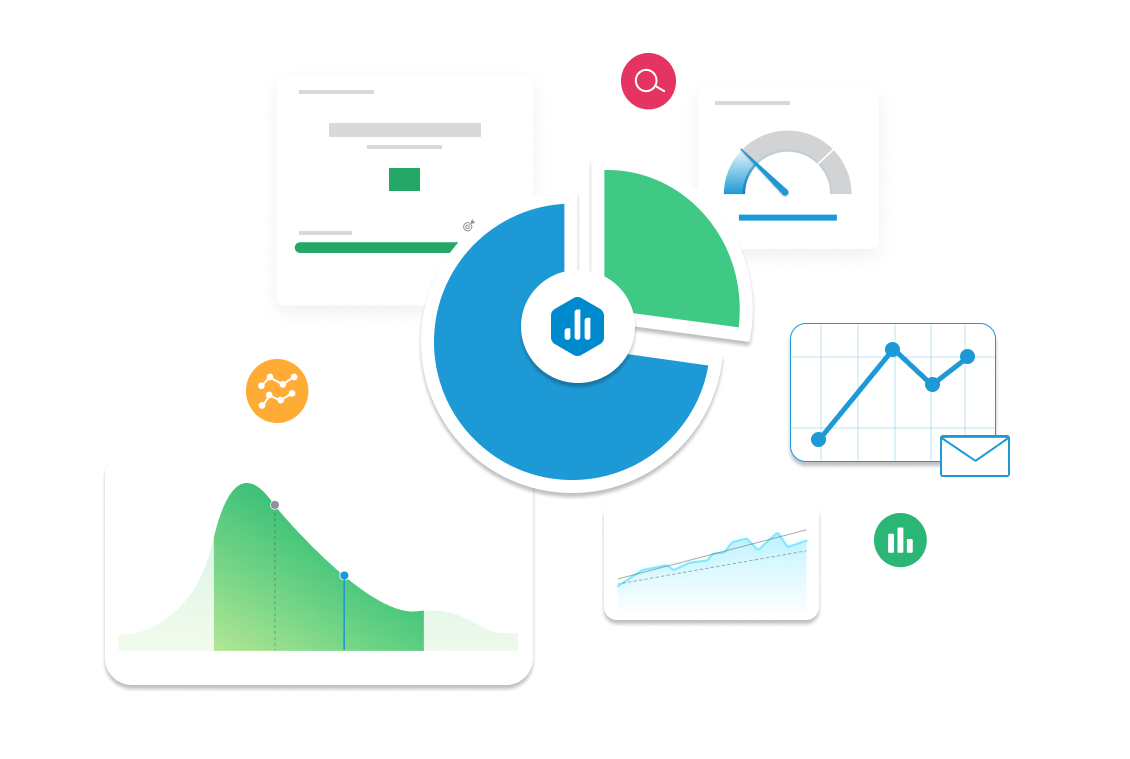New customers
Discover how New Customers contribute to business growth and revenue expansion. Learn how to track, analyze, and optimize customer acquisition strategies to maximize long-term success.

| Category |
Marketing |
|---|---|
| Type |
Lagging Indicator |
| Calculation |
New Customers= Total Customers at End of Period − Existing Customers at Start of Period |
| Measure |
Tracks the number of first-time customers within a given period, helping businesses assess acquisition strategies and growth trends. |
| Data Sources: |
Google Analytics, HubSpot, Salesforce, Stripe, Shopify, Marketo, Pipedrive. |
| Frequency |
|
Example target
Increase new customers by 20% in Q3 by optimizing paid ad campaigns, improving referral incentives, and enhancing lead nurturing efforts.
Example Reports Use Case
A Sales Manager tracks new customer acquisition to measure the effectiveness of outreach campaigns. If growth slows, they may adjust sales strategies, refine lead qualification, or improve customer onboarding.



